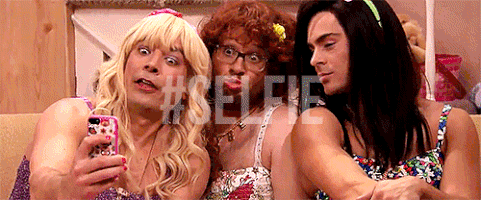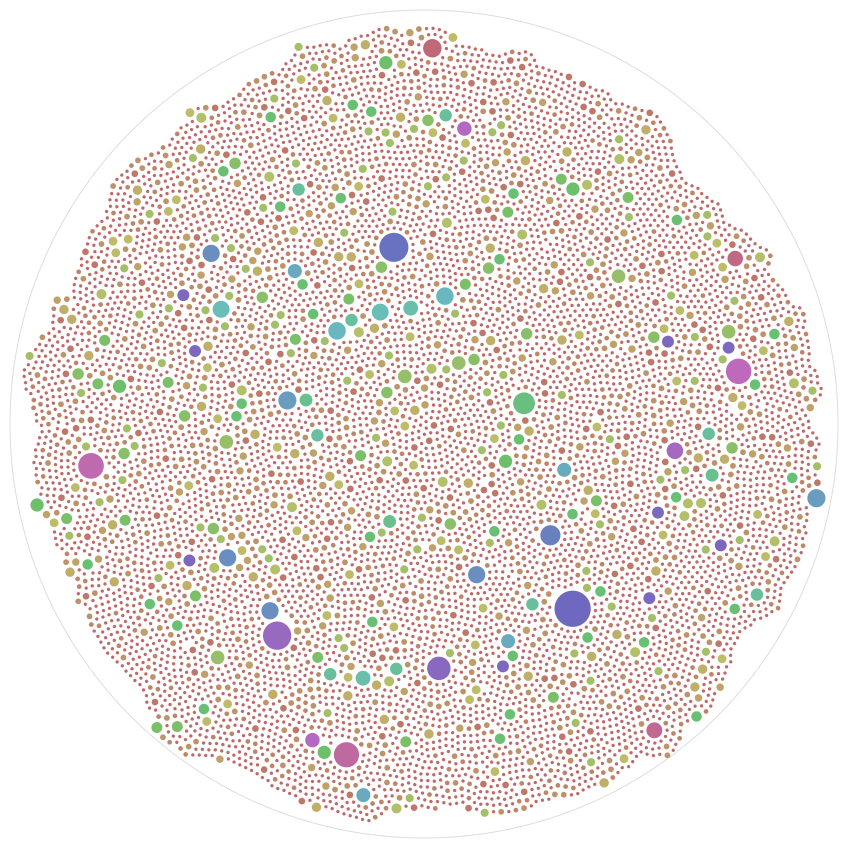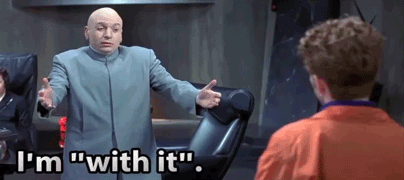The selfie is a unique type of self-portrait, that while not limited to mobile phone based photography, has definitely increased over the last decade. On the one hand, it has been argued that the selfie is part of self-aggrandizing and narcissistic behavior. Halpern, Valenzuela and Katz (2016) found that “narcissist individuals take selfies more frequently over time, this increase in selfie production raises subsequent levels of narcissism.”

However, as noted by Senft and Baym (2015), these interpretations vary by gender, age, ethnicity, economy, and other cultural factors. Conversely, some studies found that selfies can improve self-esteem and self-worth. Nemer and Freeman (2015) found that for marginalized users “selfies are not a shallow way to show narcissism, fashion, and self-promotion and seek attention; selfies, rather, empower the users to exercise free speech, practice self-reflection, express spiritual purity, improve literacy skills, and form strong interpersonal connections.”
In the museum world, the selfies have been seen in both a positive and negative light. As a kid, I remember not being able to take photographs in museums- guards would be standing at every corner, checking that you weren’t trying to surreptitiously take a photograph. Increasingly over the last decade, this has been changing. Major museums began lifting the photography ban, and almost immediately we saw the rise in museum selfies. More recently, museums have been creating areas within exhibitions that are specifically designed for selfies- whether it be a replica of a popular work where photography isn’t allowed, or a fun interactive space where visitors can take a fun shot that they couldn’t get anywhere else in the world.
Does the act of taking selfies take away from the art and artifacts? Are people more focused on getting the best selfie than they are on the amazing historic works and exhibitions? Or does this increase their engagement with the pieces? Does it solidify their relationship with the works and endear them to the museum?
#MuseumSelfie
Museum Selfie Day was started in 2014 by Mar Dixon , the grand dame of #MuseSocial awesomeness, as a way to share one’s engagement in museums and celebrate this cultural phenomenon. Her goal with creating trending museum hashtags (like #MuseumSelfie #WhyILoveMuseums #AskACurator) is to highlight the fun side of museums, to show them as interactive and engaging spaces for communities, rather than as elite spaces for the dissemination of knowledge. It is a “one-day, crowd-sourced phenomenon would promote awareness of great collections of work being housed in national and regional museums” (CNN 2015).
Let’s look a little at the Twitter analytics for January 18, 2017 for tweets using #MuseumSelfie (not including RTs):
- 16,013 tweets
- 9,288 individuals tweeting
- Average of 12 tweets per minute
Here’s a bubble chart showing everyone who tweeted, with size of bubble indicating how many times they tweeted (created using TAGS and Raw, tutorial here).

Most people only tweeted 1-2 times using the hashtags, with the exceptions being @mardixon with 120, @francois_poulin with 77, @habemuseos with 60, @chari_t_03 with 59, and @heritage_ppl with 58.
For a one-day event, it is impressive- and this doesn’t even include individuals who might have tweeted early, and those who decided to share their selfies on Instagram (#MuseumSelfie currently has 38,509 posts). That means there are thousands of people out there who took time to celebrate the museum by sharing a selfie.
Final Thoughts
Taking selfies and sharing them online can be a way of sharing a personally meaningful moment with others, and by promoting this behavior in museums, we create a positive memory and promotion of the museum. From what I saw observing #MuseumSelfie day, it was a social event where people not only shared their favorite museum selfies, they commented on other people’s, shared their favorites, and discovered new museums around the world. The selfie encourages engagement with the museum, it creates a connection between people and place, and can inspire others to visit.
Or maybe we’re just pandering to narcissism- in the end, if it inspires more people to enter the museum and support it, then it’s still beneficial. Sure, someone may come in, take a selfie, and leave. But they may also come in, have a meaningful experience, and capture it in a selfie as a reminder of that moment. I think they are a fun way to celebrate museums, and I’m excited for next year’s event.
Personally, I’ve moved beyond the selfie and am more fond of the backie… but I’m hip like that. 

Leave a comment